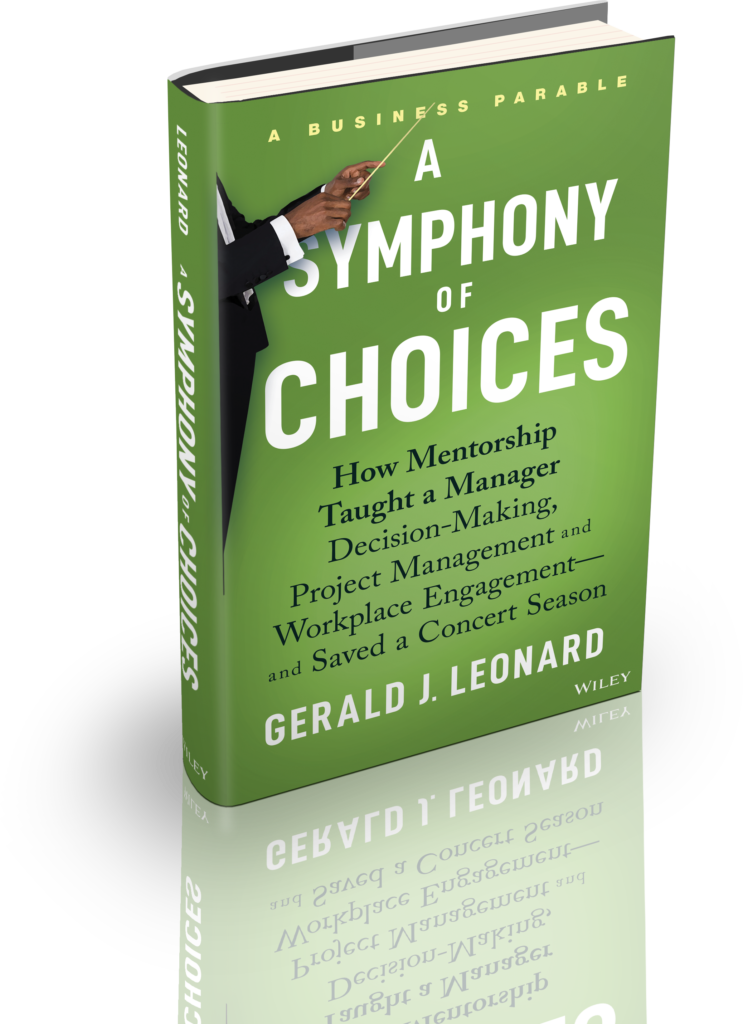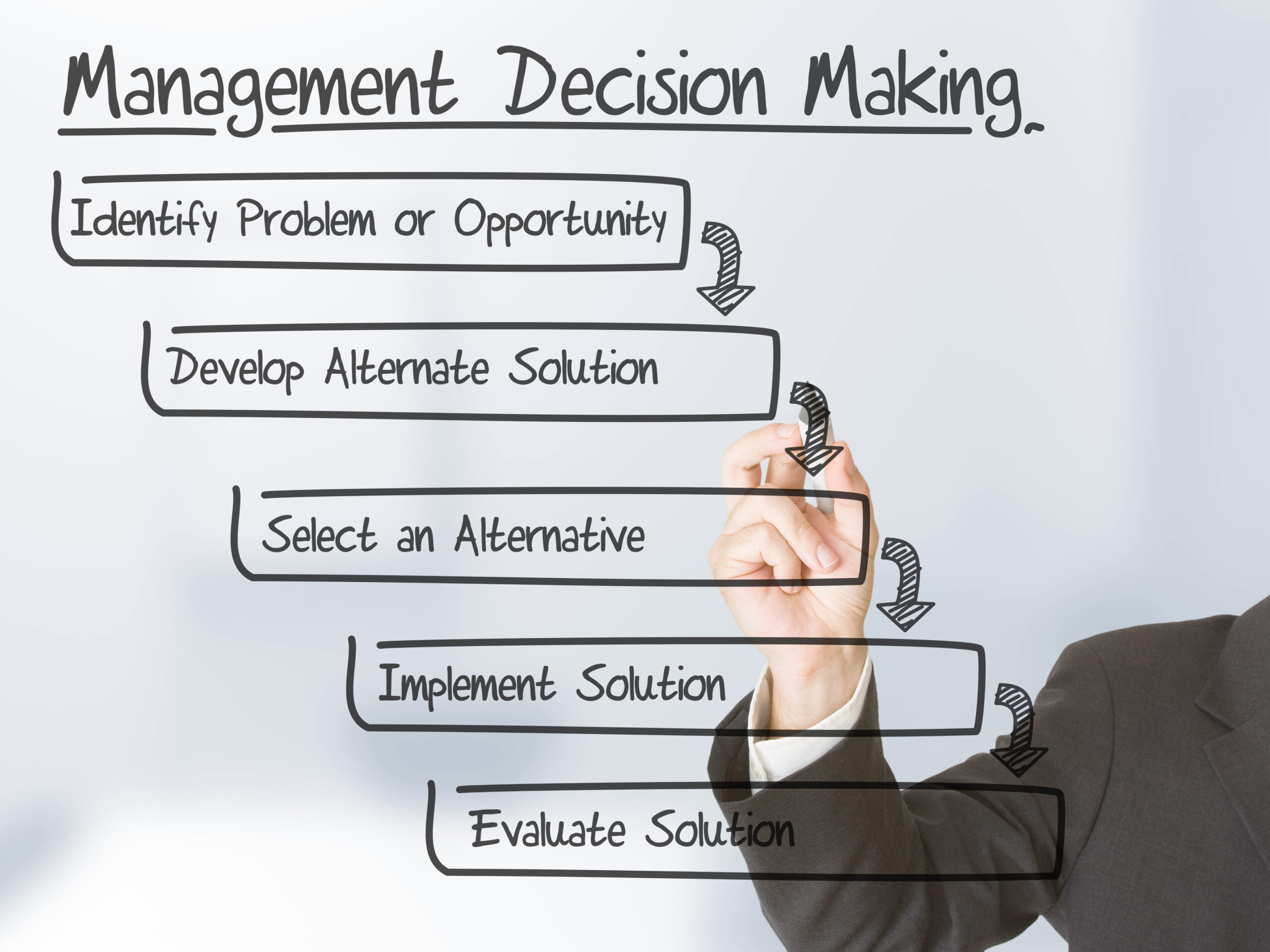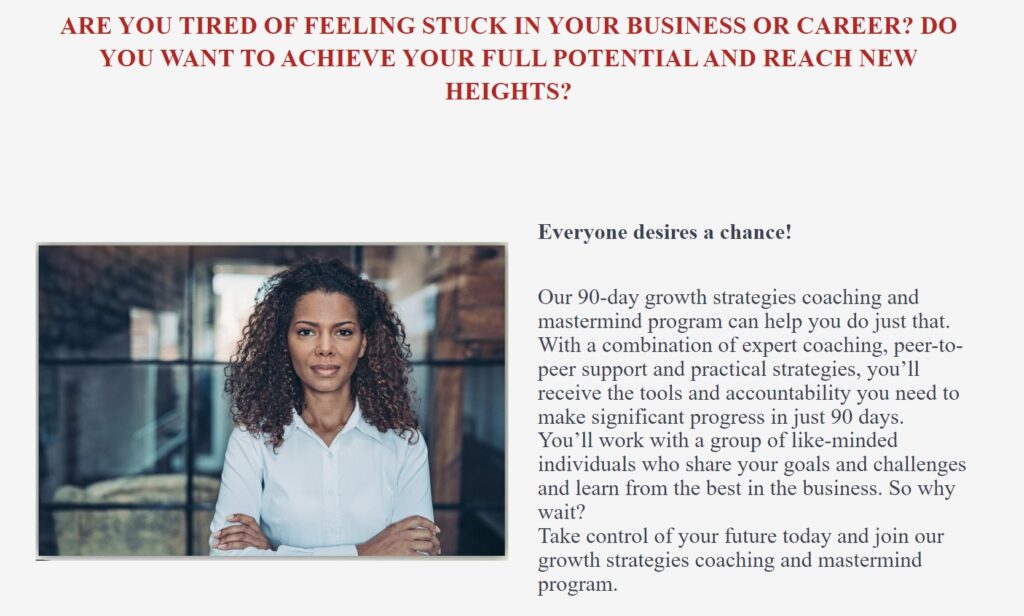An essential read to help you make smarter choices and drive effective results.
Making informed decisions as a leader is critical in today’s fast-paced business world. A great way to sharpen your decision-making abilities is to learn from the experiences and insights of others. We have assembled a list of the top 10 books to help you make better decisions and enhance your leadership skills.
Why read business books on decision-making
While there isn’t a specific statistic that directly measures the advantage of reading business books on decision-making, there is evidence to suggest that reading books in general, specifically business books, can positively impact professional success and decision-making abilities. Some points to consider are:
- Improved cognitive abilities: Reading business books can enhance cognitive abilities such as critical thinking, problem-solving, and decision-making skills. A study published in “Reading Research Quarterly” found that reading comprehension positively correlates with critical thinking skills (1).
- Increased knowledge: Reading business books helps expand your knowledge, leading to better decision-making. A study by the Pew Research Center discovered that 26% of adults in the U.S. who read books say they learn, grow, or make better decisions due to their reading (2).
- Exposure to diverse perspectives: Business books provide access to different perspectives and experiences, which can help understand complex situations and make more balanced decisions. A study published in the journal “Science” found that reading literary fiction improves the Theory of Mind (ToM), which is the ability to understand and interpret other people’s thoughts, feelings, and perspectives (3).
- Better communication skills: Reading business books can enhance communication skills, which are crucial for effective decision-making and leadership. A study published in the journal “Economics of Education Review” found that reading skills are positively associated with improved communication skills (4).
- Continuous learning and adaptability: Reading business books can promote a continuous learning mindset, essential for adapting to the rapidly changing business environment and making informed decisions. A study published in the “Journal of Applied Psychology” found that a learning orientation positively relates to adaptability (5).
While these statistics don’t directly measure the advantage of reading business books on decision-making, they suggest that reading can improve decision-making abilities and overall professional success.
The top 10 books on decision-making
These books cover topics from cognitive biases to strategic thinking, providing valuable tools for navigating complex business environments.
- “Thinking, Fast and Slow” by Daniel Kahneman, Nobel Prize-winning psychologist Daniel Kahneman examine the two systems that drive our thought processes and decision-making: the intuitive, fast-thinking System 1 and the rational, slow-thinking System 2. Understanding how these systems work will help you make more effective leadership choices.
- “The Art of Strategy: A Game Theorist’s Guide to Success in Business and Life” by Avinash Dixit and Barry Nalebuff. This book comprehensively introduces game theory, a mathematical approach to strategic decision-making. By understanding the fundamental principles of game theory, leaders can improve their negotiation skills and make better-informed choices.
- “Decisive: How to Make Better Choices in Life and Work” by Chip Heath and Dan Heath The Heath brothers provide a four-step process for making better decisions, focusing on how to avoid common biases and pitfalls. This book is packed with real-world examples, offering valuable insights into overcoming decision-making challenges.
- “Good to Great: Why Some Companies Make the Leap…, and Others Don’t” by Jim Collins. Collins identifies the key factors distinguishing great companies from average ones. By understanding these principles, leaders can drive organizational success and make more effective strategic decisions.
- “Superforecasting: The Art and Science of Prediction” by Philip E. Tetlock and Dan M. Gardner This book delves into the science of forecasting, teaching readers how to make better predictions by identifying biases and refining their judgment. Leaders who can accurately forecast the future will be better equipped to make strategic decisions.
- “The 5 Elements of Effective Thinking” by Edward B. Burger and Michael Starbird. Burger and Starbird present a unique approach to decision-making by breaking it down into five key elements. By mastering these elements, leaders can improve their critical thinking skills and make more informed choices.
- “The Signal and the Noise: Why So Many Predictions Fail — but Some Don’t” by Nate Silver Statistician. Nate Silver explores the challenges of making accurate predictions in a world full of uncertainty. This book will help leaders separate meaningful signals from the noise, enabling them to make better-informed decisions.
- “Nudge: Improving Decisions About Health, Wealth, and Happiness” by Richard H. Thaler and Cass R. Sunstein. Thaler and Sunstein introduce the concept of “nudging” – influencing people’s choices through subtle interventions. This book offers valuable insights into how leaders can make better decisions by understanding human behavior.
- “How We Decide” by Jonah Lehrer. Lehrer combines neuroscience, psychology, and behavioral economics to examine decision-making. Leaders can make more informed choices and avoid common pitfalls by understanding how our brains work.
- “Pre-Suasion: A Revolutionary Way to Influence and Persuade” by Robert Cialdini. Cialdini explores the psychology of persuasion, focusing on creating the proper context for making a persuasive argument. This book offers valuable insights for leaders who must influence others and make effective decisions.
A wealth of knowledge
The books on this list offer a wealth of knowledge and insights to help leaders make better decisions in their professional and personal lives. By understanding the cognitive processes, biases, and strategies that underlie effective decision-making, you will be better equipped to navigate complex business environments and drive results. These top 10 books cover various topics and approaches, providing a comprehensive toolkit for honing your leadership skills and enhancing your decision-making abilities. Invest in your growth by exploring these essential readings and incorporating their lessons into your daily leadership practice.
References:
(1) Facione, P. A. (1990). Critical thinking: A statement of expert consensus for educational assessment and instruction. Millbrae, CA: California Academic Press.
(2) Perrin, A. (2018). One in five Americans now listens to audiobooks. Pew Research Center. Retrieved from https://www.pewresearch.org/fact-tank/2018/03/08/nearly-one-in-five-americans-now-listen-to-audiobooks/
(3) Kidd, D. C., & Castano, E. (2013). Reading literary fiction improves the theory of mind. Science, 342(6156), 377-380.
(4) Sabates, R., & Feinstein, L. (2006). The role of education in the uptake of preventative health care: The case of cervical screening in Britain. Economics of Education Review, 25(6), 673-681.
(5) Dragoni, L. (2005). Understanding the emergence of state goal orientation in organizational work groups: The role of leadership and multilevel climate perceptions. Journal of Applied Psychology, 90(6), 1084-1095.








